Communication Skills Worksheets Results
AN INTRODUCTION TO COMMUNICATION SKILLS - Skills You Need
Effective communication skills are fundamental to good interactions between two or more people. This book, An Introduction to Communication Skills, is the first in the series. It starts by explaining more about the theory and nature of communication, then moves on to discuss effective spoken communication, the
https://url.theworksheets.com/1t3k759 Downloads
Preview and Download !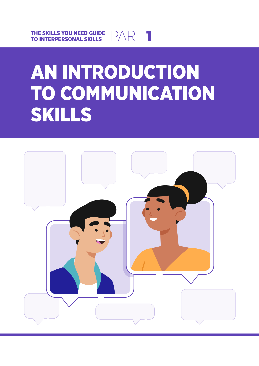


Passive, Aggressive, and Assertive Communication - Therapist Aid
Assertive Communication . Assertive communication emphasizes the importance of both peoples’ needs. During assertive communication, a person stands up for their own needs, wants, and feelings, but also listens to and respects the needs of others. Assertive communication is defined by confidence, and a willingness to compromise.
https://url.theworksheets.com/5ese150 Downloads
Preview and Download !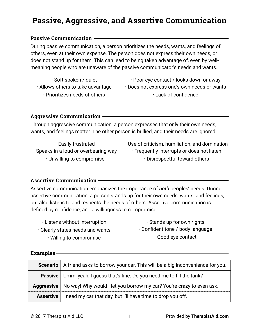


CBT WORKSHEET PACKET - Beck Institute for Cognitive Behavior Therapy
excellent work history, many interpersonal and supervisory skills; reliable, productive, responsible. Good problem-solver, good common sense. Had made a reasonable living; always budgeted and saved money. Likeable, a “good family man;” good relationships with children/grandchildren, a cousin, two male friends; made a reasonable living;
https://url.theworksheets.com/34zm1188 Downloads
Preview and Download !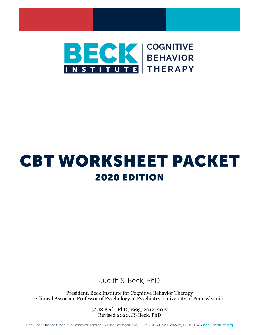
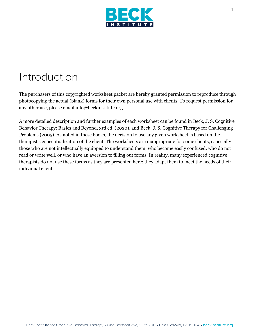
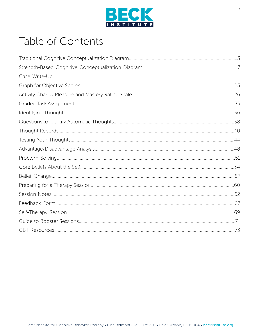
INTERPERSONAL EFFECTIVENESS SKILLS MANUAL e-version
EFFECTIVE COMMUNICATION Here are the four most typical styles of communication. On the next few pages, you’ll find good descriptions of these communication styles, followed up by some useful worksheets. The most effective style that gets the best results is ASSERTIVE communication (see pg. 10). AASSERTIVE “I count” “You count” PASSIVE-
https://url.theworksheets.com/68b4124 Downloads
Preview and Download !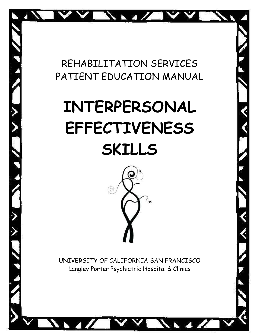
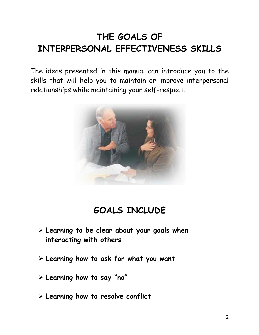
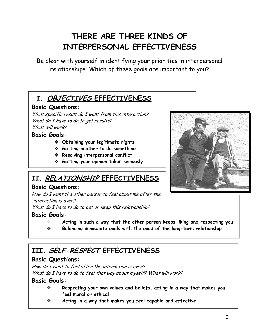
Workbook Skills WholePerson
The Communication Skills Workbook is designed to be used either independently or as part of an integrated curriculum. You may administer one of the assessments and the journaling exercises to an individual or a group with whom you are working, or you may administer a number of the
https://url.theworksheets.com/7v72846 Downloads
Preview and Download !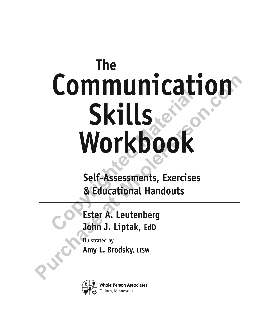
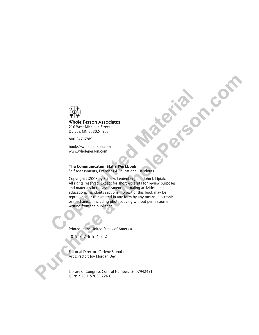

Effective Communication – Improving Your Social Skills - Anxiety Canada
communication skills at home, try it out in real interactions. It is a good idea to start small by talking to clerks, tellers, and cashiers at stores for example. Try increasing the amount of eye contact you make when talking with others; smile more, and pay attention to the reactions of others. For example, is the bank teller
https://url.theworksheets.com/4tk1330 Downloads
Preview and Download !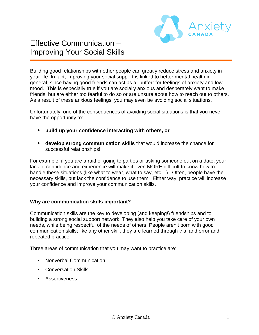
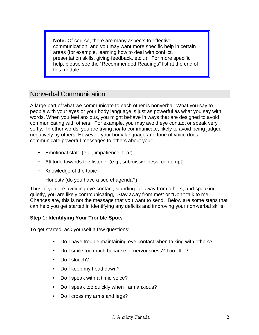
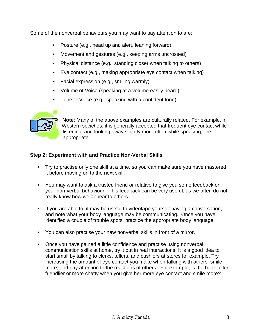
The Seven Challenges - Communication Skills
Communication-Skills.Net (formerly NewConversations.net) open source teaching and training materials, plus global bookstore links, about communication skills, dialogue and conflict-resolution in cooperation with The New Conversations Initiative research cooperative and Human Development Books, Eugene, Oregon, USA Tenth Edition -- March 2023
https://url.theworksheets.com/799g96 Downloads
Preview and Download !


Active Listening: Communication Skill - Therapist Aid
Use verbal and nonverbal communication. Body language and short verbal cues that match the speaker’s affect (e.g. responding excitedly if the speaker is excited) show interest and empathy. Verbal: “mm-hmm” / “uh-huh” “that’s interesting” “that makes sense” “I understand” Nonverbal:
https://url.theworksheets.com/5fzf88 Downloads
Preview and Download !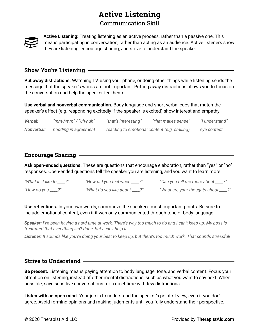


Assertiveness, Non-Assertiveness, and Assertive Techniques
How To Improve the Communication Process • Active listening: reflecting back (paraphrasing) to the other person both words and feelings expressed by that person. • Identifying your position: stating your thoughts and feelings about the situation. • Exploring alternative solution: brainstorming other possibilities; rating the pros and cons;
https://url.theworksheets.com/6di749 Downloads
Preview and Download !


Ideas for Better Communication - Texas Christian University
Communication Roadblocks . Communication Roadblocks is part of the Straight Ahead: Transition Skills for Recovery manual developed at TCU. This session features a leader’s script, with notes and handouts for leading a solution-focused or strengths-based discussion of dealing with perceptions that interfere with communication. Participants are
https://url.theworksheets.com/ajf361 Downloads
Preview and Download !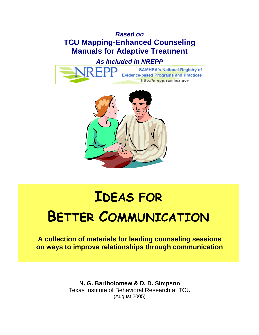
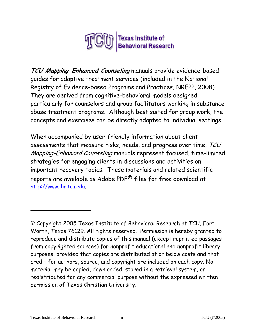
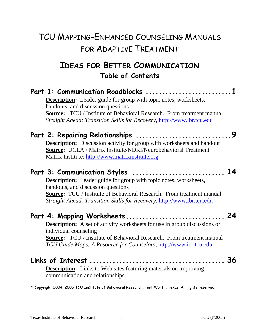
Next results >>